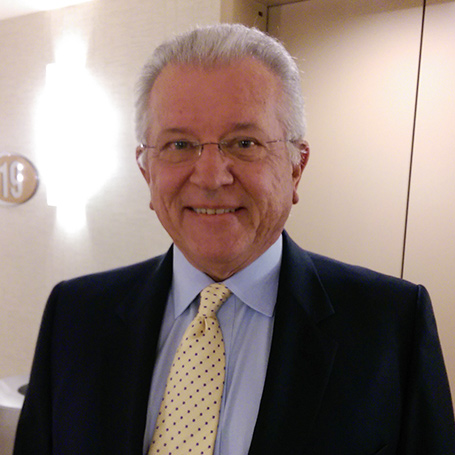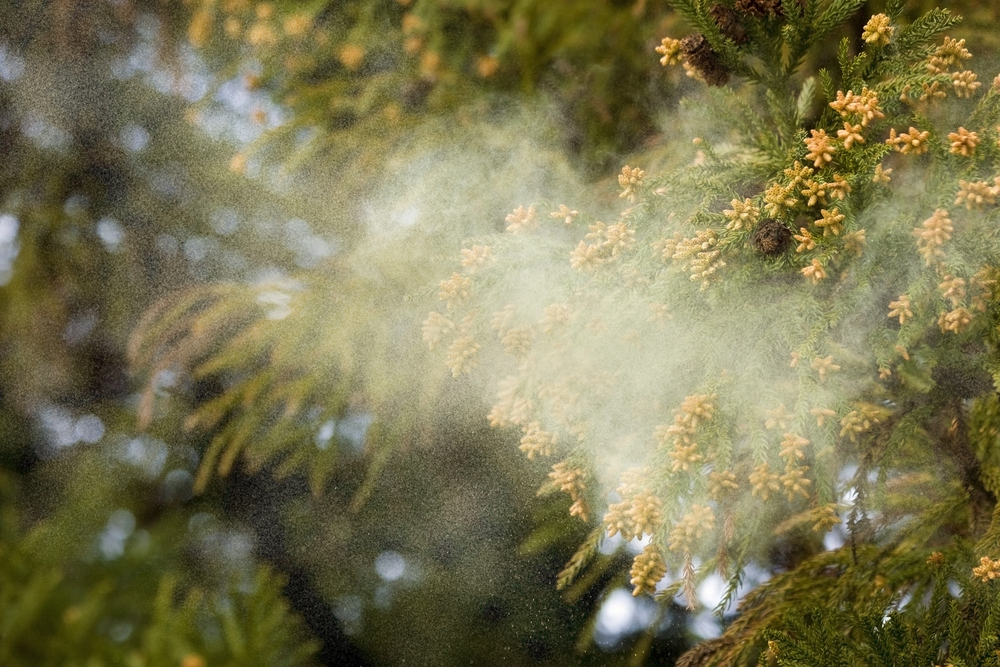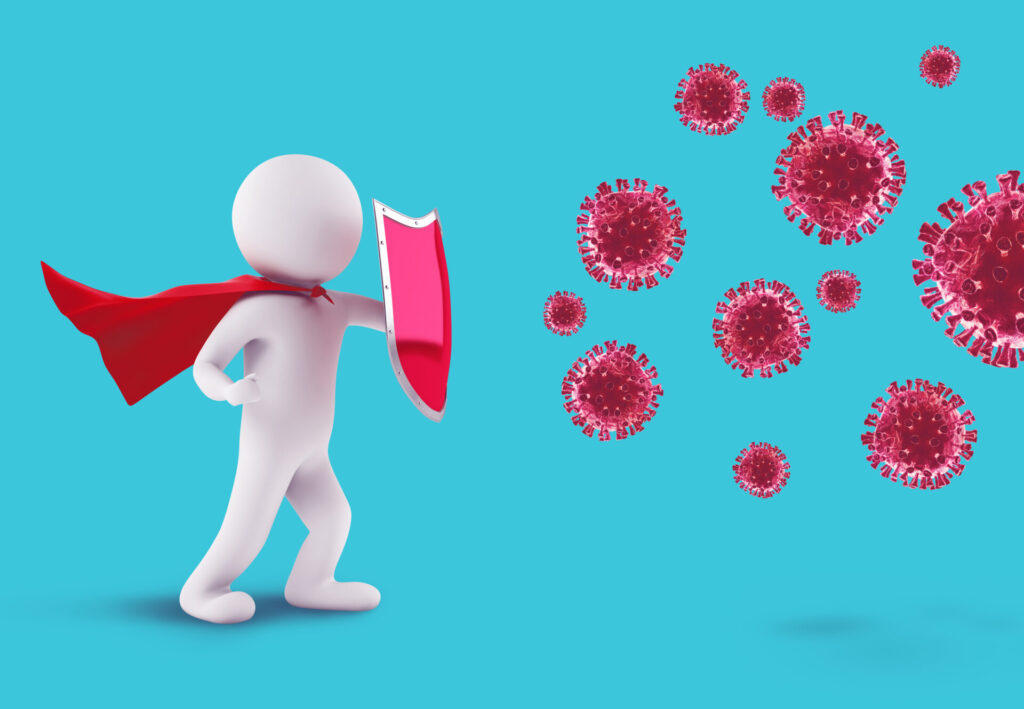In this clinical protocol by Dr. Andrew Campbell, as published from our partners at 
Clinicians search for the right diagnosis for their patients which then leads to selecting the correct treatment. The masterpiece of medicine is the cure, and comes about as a result of the clinician’s skill in applying their knowledge with the aid of diagnostic tools. When the presenting symptoms of two different diseases are similar, this may lead to erroneous diagnoses and treatments to the detriment of the patient’s health.
The health effects of Lyme disease and of molds and their mycotoxins frequently present in the similar manner. The symptoms often overlap with other conditions, such as:
- Multiple Sclerosis
- Fibromyalgia
- Chronic Fatigue Syndrome
- Infectious Mononucleosis
- Systemic Lupus
- Alzheimer’s
- Guillain-Barre Syndrome
- Lou Gehrig’s Disease (ALS)
- Rheumatoid Arthritis
- Thyroiditis
- Allergies
- Chemical Sensitivity
You will learn the following about Lyme disease and Mycotoxicosis:
- How to quickly assess for Lyme disease and why a prompt diagnosis is important.
- Symptoms of exposure to molds and mycotoxins and why this is known as the “Great Masquerader” of the 21st century—this is mostly due to its ability to present with a number of nonspecific clinical symptoms.
- Distinguishing between LD and mycotoxicosis.
Source: Altern Ther Health Med. 2019;25(4):8-11)





